Gallery opened 19 May 2018
Updated: 6 Apr 2022
New pic of reading head added
Distributing audio on paper




The Photoliptophone |
Gallery opened 19 May 2018 |
The Photoliptophone (or Fotoliptofono) was a method of printing sound on paper, for reproduction by a photocell. It was an example of optical recording, like the Duotrac system which used photographic recording on plastic tape. A complete article on the system is reproduced here; it is largely self-explanatory. 'Fotoliptofono' seems to have been the original name of the system, but it was more often called the 'Photoliptophone'.
The system was introduced by Argentinean inventor Fernando Crudo, who took out a patent in 1930.
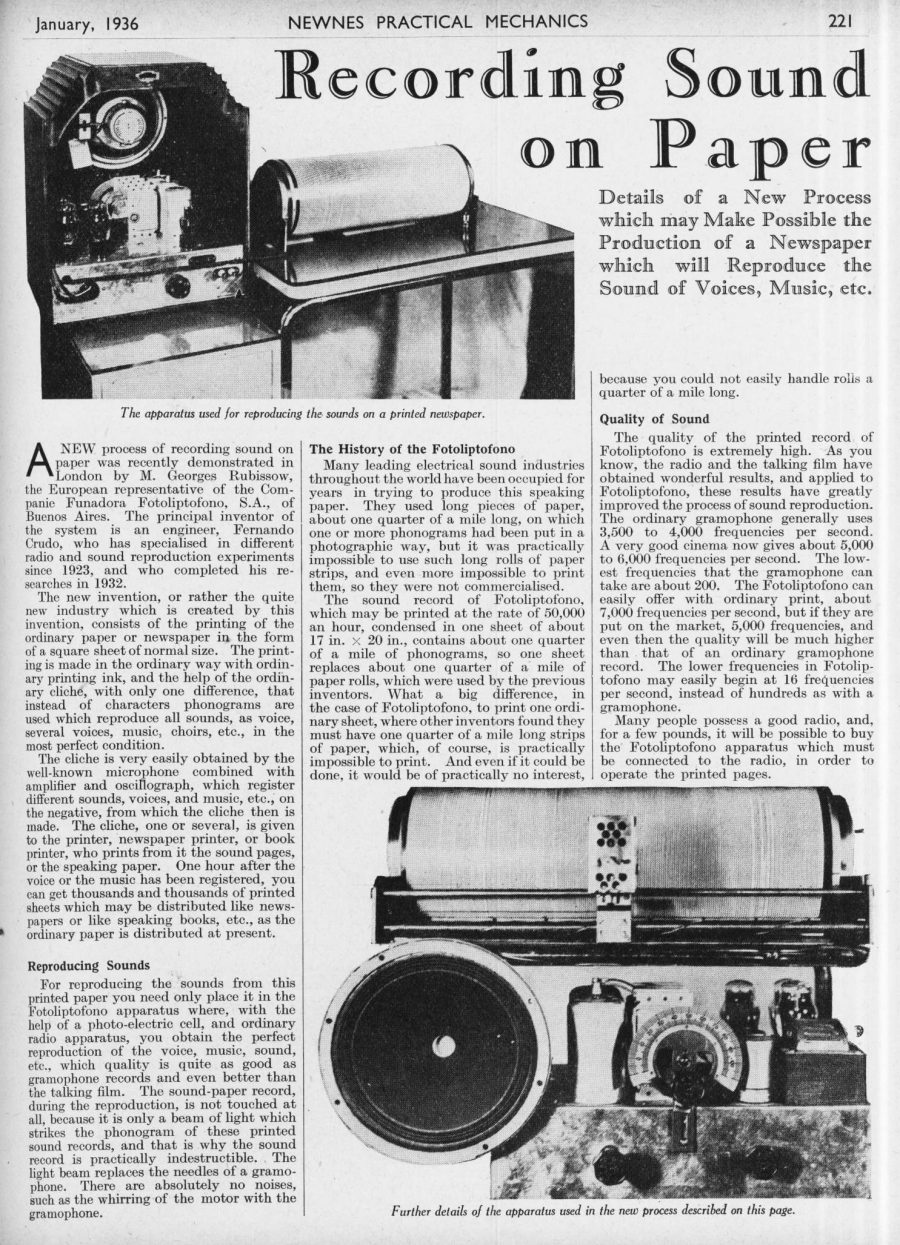 | Left: The article on the Fotoliptophone in Newnes Popular Mechanic: 1936
|
 | Left: The Photoliptophone drum: 1930
|
The Photoliptophone was briefly described in Popular Mechanics for Apr 1934
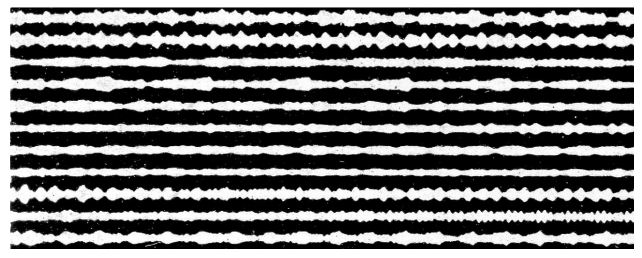 | Left: The audio tracks on a Photoliptophone sheet
|
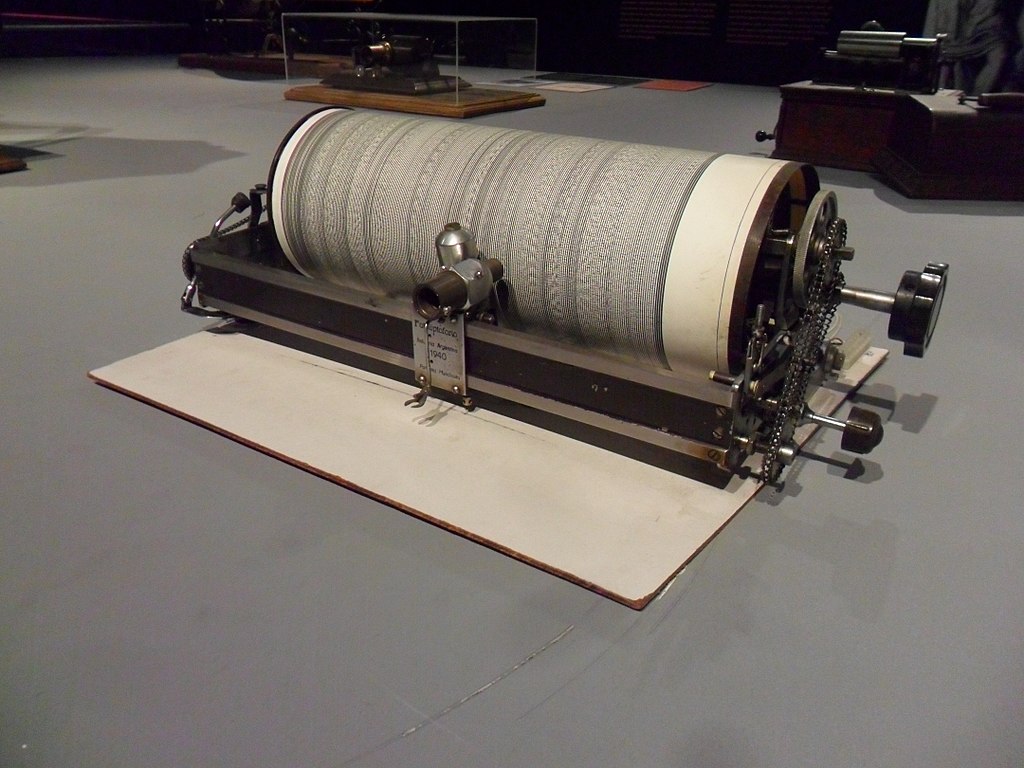 | Left: Photoliptophone drum
|
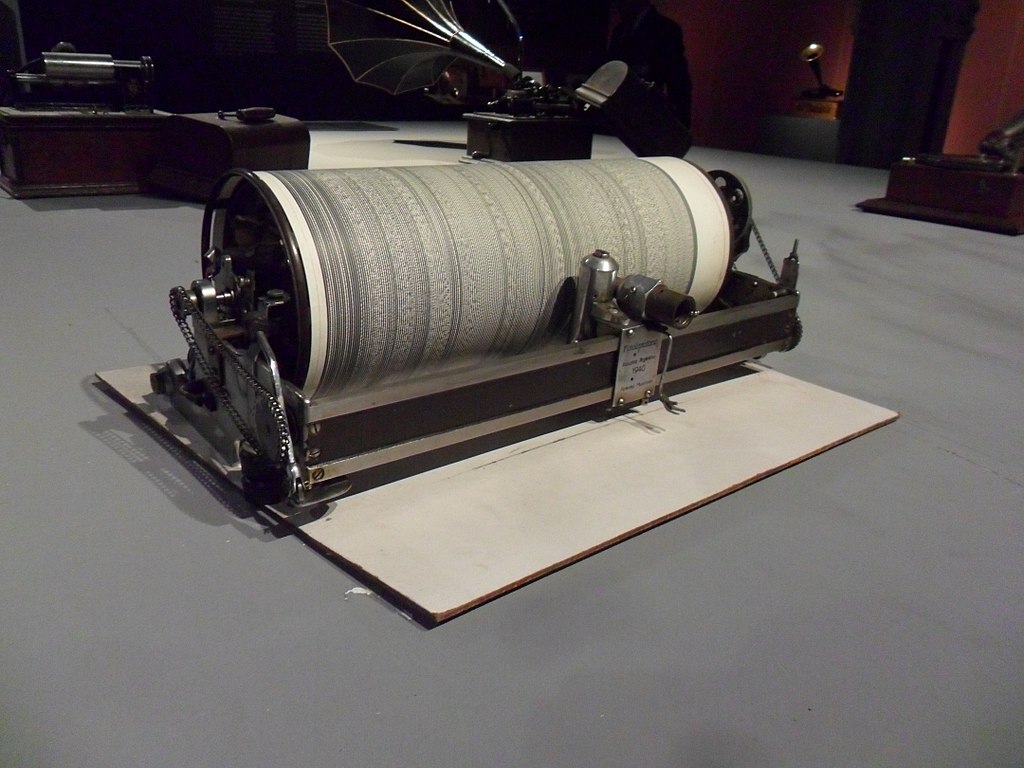 | Left: Photoliptophone drum
|
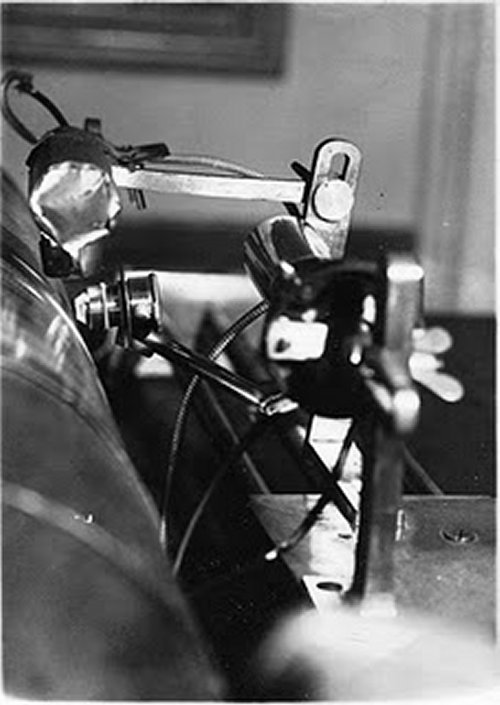 | Left: Photoliptophone reading head
|

  
|